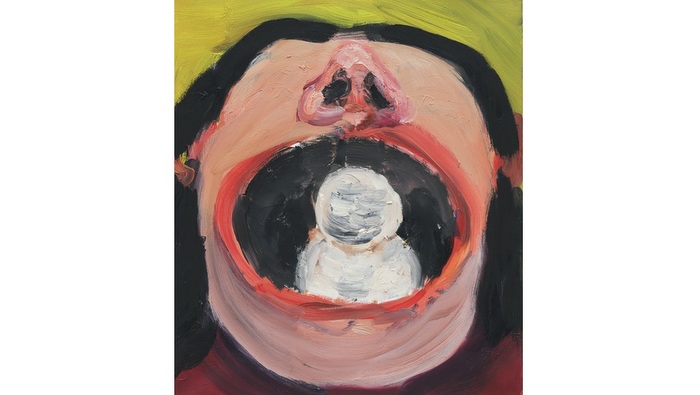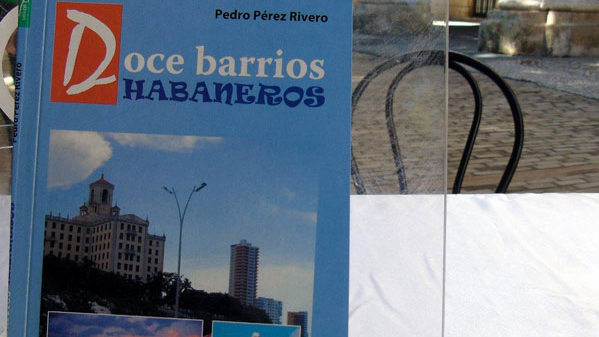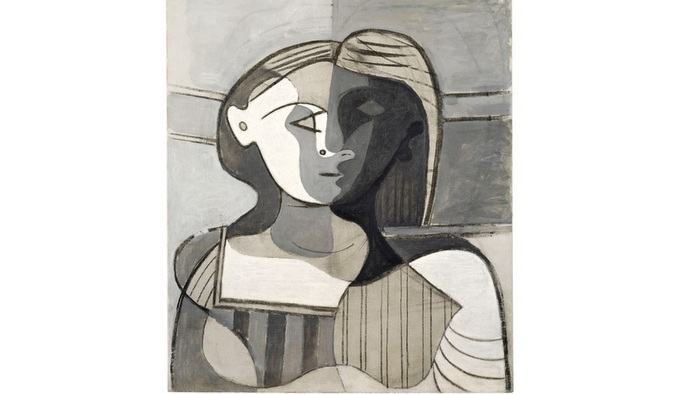«Seen as a whole, so variegated by plurality, it may be suspected that Havana lacks sharp profiles. But those of us who assume the challenge of repealing this hypothesis, we look for signs of what I usually call habanidad», says the narrator and essayist Pedro Pérez Rivero in the introductory note of the book Doce barrios habaneros. The text-published by Editorial José Martí—was the first volume chosen by the Cuban Book Institute to celebrate the 500th anniversary of the Cuban capital.
Pérez Rivero, Bachelor of Hispanic Language and Literature at the University of Havana in 1977, is a sheltered writer (we dare to classify him this way) by readers. Most of his subjects, from the eroticism in the literature to the volumes of sociocultural cut, allow that almost never his books remain powdered in a bookstall. «They are sold at the moment and not only in Havana but in other provinces of Cuba. That constitutes an infinite joy», he says.
To demonstrate his devotion to the homeland that saw him being born, Pérez Rivero returns to investigate Havana again—let us take into account his previous texts: Because I am from Havana, today Havana in narrative texts and from Havana we are—but he prefers enter symbolically in its neighborhoods, as a pretext to unravel the mysteries of a city that goes beyond its historic center, declared a World Heritage Site by UNESCO in 1987.
That desire (detective like?) responds to a concern that began back in the 90s when the deterioration of the Cuban capital was much more evident. That suffering led him to become a follower of Doctor Eusebio Leal and for this he outlined his anthropological gaze.
«All these investigations turned out to be much more controversial than I thought: from pointing—without hesitation—certain identity loans to the little recognition of some people to those benefits in their dialectical character. Certain colleagues questioned me why in Doce barrios Habaneros mixed the history of a neighborhood such as Los Sitios with La Güinera. And it is that this last district is also a substantial part of the city, not in vane there were created the three workshops of integral transformation of the capital.
«Alamar is another example: it has a historicity as a working city of more than half a century, but in demonstrations such as rap or the plastic arts it is a reflection of complete Havana.
«Thus, based on my experiences and trying to avoid a much more academic language, I speak of these and other neighborhoods like Regla, Cerro, El Rincón ... until reaching twelve territories. It is a book for all kinds of audiences».
Pedro Pérez Rivero is currently a professor and researcher at the Felix Varela Center for the Improvement of Culture and the Faculty of Arts and Letters at the University of Havana. By him we also knew that is about be release by Ediciones Extramuros a volume that is entitled Ambientes y personajes habaneros, which does not constitute a sociocultural study but literary about environments such as the bus, baseball, Havana smells, the carnival ...
An obsession turned to literature that tomorrow legitimate or adopted habanneros, much will thank this author. It is, simply, to ensure and preserve that which is worth so much: the heritage.
Related Publications

Leo Pum presents HYPER LIKE at HYPER HOUSE
December 18, 2025
Aargauer Kunsthaus. Klodin Erb. Curtain falls dog calls
December 17, 2025












